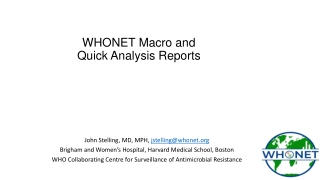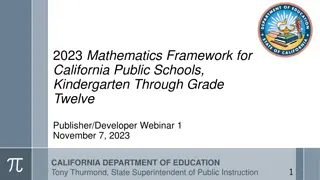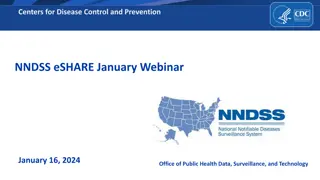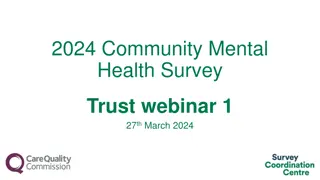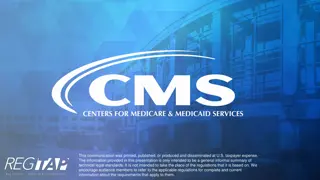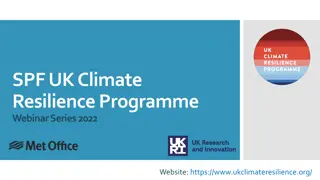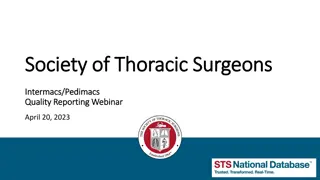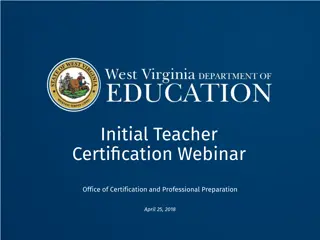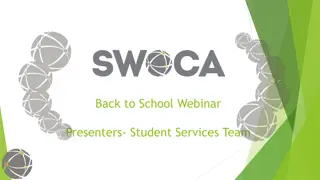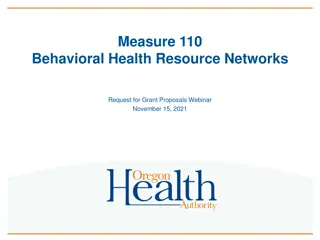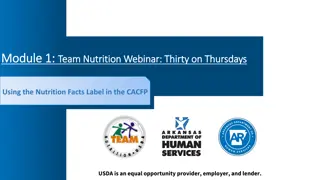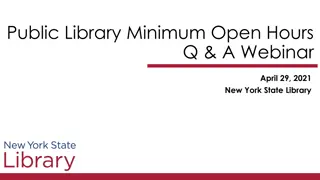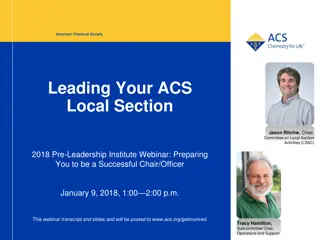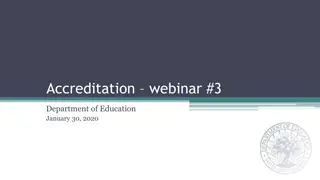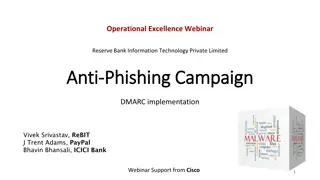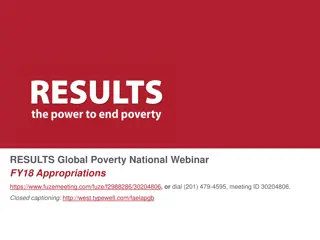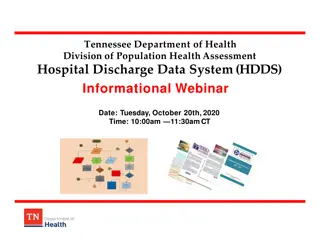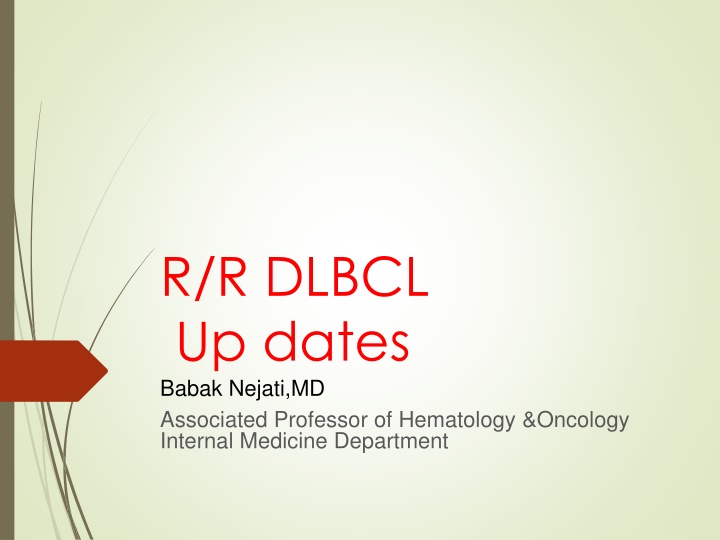
Advanced Treatments for Relapsed DLBCL - Insights by Dr. Babak Nejati, MD
Explore cutting-edge approaches for relapsed Diffuse Large B-Cell Lymphoma (DLBCL) patients, including hematopoietic progenitor cell transplantation, CAR T-cell therapy, and maintenance strategies post-transplant. Learn about outcomes, options, and considerations for improving patient survival and quality of life.
Download Presentation

Please find below an Image/Link to download the presentation.
The content on the website is provided AS IS for your information and personal use only. It may not be sold, licensed, or shared on other websites without obtaining consent from the author. If you encounter any issues during the download, it is possible that the publisher has removed the file from their server.
You are allowed to download the files provided on this website for personal or commercial use, subject to the condition that they are used lawfully. All files are the property of their respective owners.
The content on the website is provided AS IS for your information and personal use only. It may not be sold, licensed, or shared on other websites without obtaining consent from the author.
E N D
Presentation Transcript
R/R DLBCL Up dates Babak Nejati,MD Associated Professor of Hematology &Oncology Internal Medicine Department
Hematopoietic Progenitor Cell Transplantation in Adolescents, and Young Adults With Relapsed Mature B-Cell NHL patients with: lactate dehydrogenase 2 *ULN at diagnosis, R/R disease within 6 months of diagnosis multisite relapse, and/or R/R disease with bone marrow involvement experience a significantly decrease OS
The 5-year (EFS) was similar after autoHCT versus (alloHCT) in (DLBCL) (52% vs 50%) Tandem autologous with BEAM conditioning has an OS 51% and EFS 53% Tandem myeloablative conditioning autoHCT followed by reduced-intensity conditioning (RIC) allogeneic transplantation harnesses the strengths of both autoHCT and alloHCT with 3year PFS 65%
Maintenance after HCT Rituximab in follicular and mantle cell lymphoma (every 2 months for 1 year) other agents: ibrutinib, bortezomib, lenalidomide, and pembrolizumab;polatuzumab(PV) PV+bendamustin+rituximab
CAR Tcell Tisagenlecleucel anti-CD19 secondgeneration CAR with a 4-1BB costimulatory domain axicabtagene ciloleucel (axi-cel) an anti-CD19 second-generation CAR with a CD28 costimulatory domain CAR T-cell therapy can be used as a bridge to transplant, the CAR T-cells are then eradicated with pretransplant conditioning
CD19 CAR T cells following autologous transplantation in poor-risk relapsed and refractory B-cell non-Hodgkin lymphoma (HDT-ASCT) is the standard of care for (rel/ref) chemosensitive diffuse large B-cell lymphoma. poor-risk rel/ref DLBCL: (1) positron emission tomography positive disease (2) bone marrow involvement
Patients underwent standard HDT-ASCT followed by 19-28z CAR T cells on days 12 and 13. The Most Severe form of neurotoxicity is cerebral edema The TRM of The Procedure is about 3% in experienced hand and earlier administration of Tocilizumab and steroids have decreased toxicity. Allo-HCT dosenot work if relapse after CAR T-cell therapy.
CONCLUSION There was no association between CAR T-cell peak expansion, persistence, or cytokine changes and PFS. 19-28z CAR T cells following HDT-ASCT were associated with a high incidence of reversible neurotoxicity and CRS (FDA)-approval Axi-Cell ,demonstrate likely increased neurotoxicity with CD28 costimulation in contrast to tisagen- Cell. We are reviewed here including chimeric antigen receptor (CAR) T-cell therapy and treatment with antibody-drug conjugates (ADCs) as well as bispecific T-cell engagers (BiTEs)
LEAM vs. BEAM vs. CLV Conditioning Regimen for Autologous Stem Cell Transplantation in Malignant Lymphomas. Retrospective Comparison of Toxicity and Efficacy on 222 Patients in the First 100 Days After Transplant, On Behalf of the Romanian Society for Bone Marrow Transplantation BEAM(BCNU/carmustine, etoposide, cytarabine, andmelphalan) is the most commonly used conditioning regimen for ASCT in Europe, CBV (cyclophosphamide, BCNU, and etoposide) regimen is also widely used in North America BEAC LEAM three types of conditioning: BEAM CLV (cyclophosphamide, lomustine, etoposide) LEAM (lomustine, etoposide, cytarabine, and melphalan),
LEAM arm: 6%didn t achieve platelet engraftment in day 100, grade 3 upper gastrointestinal bleeding, acute renal failure, hypoxic events up to grade 4 acute respiratory failure grade 3 itchy skin rash. CLV arm: developed grade 3 colitis, grade 3 hepatic cytolysis, cardiac toxicity followed by death (grade 5) caused by an acute myocardial infarction with ST elevation pulmonary toxicity clinically manifested with grade 3 pleurisy. BEAM arm: grade 3 cardiac toxicity with sinus bradycardia and afterwards grade 4 with acute pulmonary edema, grade 3 pruritic skin rash grade 3 seizures.
CONCLUSION we evaluate the results of alternative conditioning regimens using lomustine (LEAM and CLV) and compare them with the standard BEAM regarding early toxicity, engraftment, and transplant related mortality (TRM) BEAM, LEAM, and CLV conditioning regimens offering clinical arguments for an SCT practitioner choice in the ideal situation, but also of choice for alternative regimens in the case that one regimen cannot be used
The Role of Autologous Stem Cell Transplantation in th Treatment of Diffuse Large B-cell Lymphoma in the Era of CAR-T Cell Therapy
Impact of bone marrow involvement on outcome in relapsed and refractory transplant eligible diffuse large B-cell lymphoma and transformed indolent lymphoma prior studies suggest that concordant but not discordant involvement of the bone marrow (BM) portends a poor prognosis we examined the prognostic significance of the infiltration of bone marrow (BMI) by concordant, large B-cells (conBMI) and discordant, small B-cells (disBMI) in this patient group.
Twenty-five of 82 patients ( Out of these, disBMI . In patients with conBMI but not disBMI, uni- and multivariate analysis revealed inferior progression free survival (PFS) and overall survival (OS) compared to patients without BMI ConBMI was strongly associated with nonGCB subtype as classified by the Hans algorithm (82.4% vs ConBMI comprised an independent predictor of poor prognosis in primary and secondary r/rDLBCL IMB dah ) . 30.5% 19 dna IMBnoc dah ) 6 76% ( )% 24 ( had .) 0.01 = p , 17.6%
Outcome in patients with diffuse large B-cell lymphoma who relapse after autologous stem cell transplantation and receive active therapy. A retrospective analysis of the Lymphoma Working Party of the EBMT We present the results of 256 adult patients with DLBCL who relapsed after auto-HSCT performed between 2003 and 2013, and who received active salvage strategies Median time to relapse was 7 months, 65% relapsed during the first year. Overall response rate after salvage therapy was 46%. Median follow-up after first salvage therapy was 40 months. OS at 3 years was 27% . OS at 3 years of patients relapsing longer than 1 year after auto-HSCT was 41% compared with 20% in those who relapsed in less than 1 year. Eighty-two patients (32%) had a second HSCT, an allogeneic HSCT (allo- HSCT) in 69 cases, at a median time of 6.5 months after relapse. OS at 3 years after allo-HSCT was 36%
CONCLUSION Patients who relapse in less than 1 year should be considered for CAR T cell therapy or clinical trials. Patients who relapse after 1 year can be rescued with salvage therapies and a second HSCT
Checkpoint inhibition to prevent or treat relapse in allogeneic hematopoietic cell transplantation A higher frequency of marrow-infiltrating T cells expressing PD-1, CTLA-4, and TIM-3 and other immune checkpoints have been observed in relapsed patients compared to those in remission This review will lay the framework upon which CPB is being utilized post-HCT, describe early clinical results, and lay out future directions
CONCLUSION Traditional strategies to address post-HCT relapse have focused on infusion of allogeneic immune effector cells to destroy tumor targets. The antitumor effects induced by DLI are associated with coordinated adaptive and innate immune responses directed against antigens expressed in leukemic cells Strategies targeting T cell exhaustion, including the use of available checkpoint blockade (CPB) antibodies might contribute to the treatment or prevention of relapse
the use of PD-1 blockade for posttransplant relapse of lymphoma, including : delaying therapy until at least 180 days post transplant, starting at a low dose (e.g., nivolumab at 0.5 mg/kg) and escalating only if no response or toxicity. In patients undergoing allo-HCT after PD-1 blockade, they suggest posttransplant cyclophosphamide as GVHD prophylaxis with bone marrow as a stem cell source after reduced intensity conditioning

